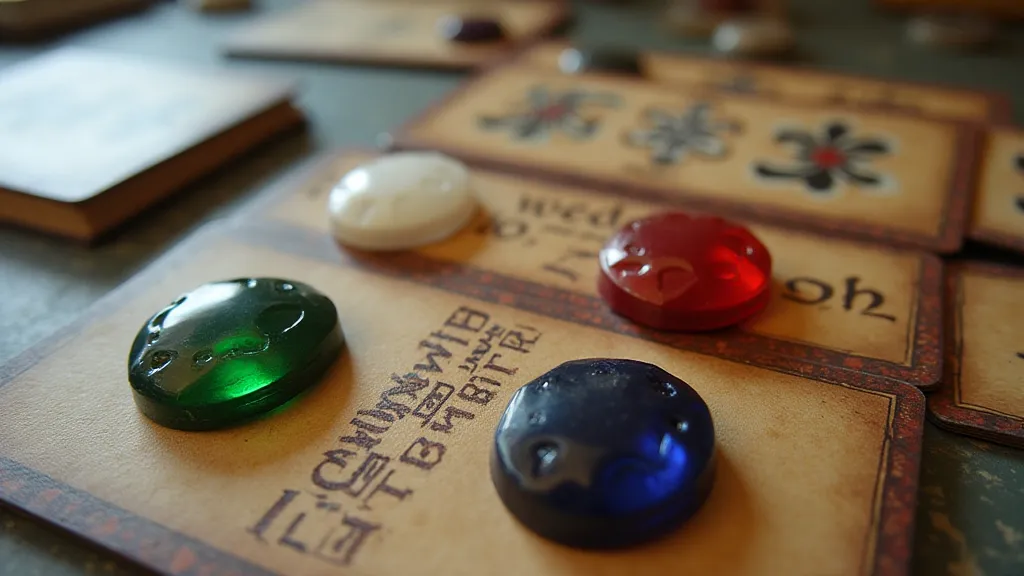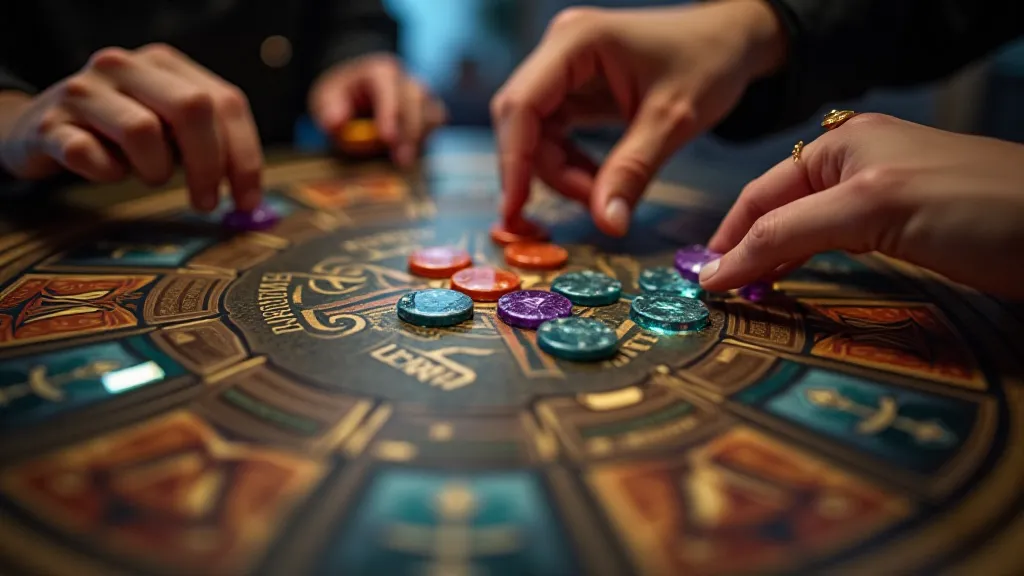Splendor: Mastering Gem Acquisition and Prestige
Splendor, a deceptively simple engine-building game by Space Cowboys, has captivated board game enthusiasts worldwide. Its elegant design and rewarding gameplay loop make it accessible to newcomers while offering a surprising amount of strategic depth for experienced players. This guide will delve into the core mechanics, advanced strategies, and nuances of Splendor to help you elevate your game and consistently outshine your rivals.
Understanding the Basics
At its heart, Splendor is about acquiring gems. These gems are represented by tokens in five colors: Green (Emerald), White (Diamond), Blue (Sapphire), Red (Ruby), and Black (Onyx). The tokens are used to purchase development cards, which grant prestige points and increasingly powerful gem discounts. These discounts, in turn, allow you to acquire even better cards, building a positive feedback loop – your “engine”. Many engine-building games, like Splendor, reward careful planning and efficient resource management. If you're a fan of this type of gameplay, you might also enjoy games that require complex tile placement and action selection, like Keyflower.

Core Strategies: Early Game Dominance
The early game in Splendor is crucial. Your first few purchases set the foundation for your entire strategy. Here’s what to focus on:
- Prioritize Discounts: Early discounts are more valuable than prestige points. A single discount allows you to purchase more expensive cards later, accelerating your engine.
- Color Focus: While diversifying can be tempting, it’s often more efficient to focus on acquiring two or three color discounts early on. This allows you to quickly acquire cards of those colors at reduced cost.
- Noble Considerations: Keep an eye on the Noble tiles. Acquiring the requirements for a Noble early can give you a significant advantage in prestige points and, more importantly, further discount options. Don't chase them at the expense of building a solid engine though. Resource management is key; sometimes it’s better to focus on incremental gains than reaching for a distant goal. This principle is especially true in games where efficient acquisition of limited resources, like in Catan, dictates overall success.
Mid-Game Engine Optimization
As you acquire more discounts, your options for purchasing development cards expand. This is where engine optimization becomes critical:
- Evaluate Card Costs: Don't just look at the prestige points. Consider the gem costs and the potential discounts you're getting. Is that high-point card really worth the cost if you have the gems to purchase a card with a lower point value that provides a useful discount?
- Noble Synergy: As your engine develops, re-evaluate which Nobles you can realistically claim. Your early game focus might no longer be optimal as more discounts become available.
- Anticipate Opponents: Pay attention to what colors your opponents are focusing on. Blocking a key card or Noble can significantly disrupt their strategy.
Advanced Tactics: Disrupting Your Opponents
Splendor isn’t just about building your own engine; it's also about hindering your opponents:
- Card Blocking: If an opponent is clearly focusing on a specific Noble or a key development card, consider taking it, even if it doesn't perfectly align with your own strategy.
- Gem Denial: If an opponent is hovering on the verge of claiming a Noble or purchasing a crucial card, consider taking a gem of that color, even if you don't immediately need it. This can force them to delay their plans.
- Noble Control: If you see an opponent is aggressively pursuing a specific Noble, it may be worth grabbing a card that fulfills a requirement for a *different* Noble. This creates competition and can distract them.
Advanced players often look beyond the immediate benefits and consider the broader impact of their moves on the game state. It's not enough to simply build your own engine; you must also understand how your actions influence your opponents' strategies. This kind of interconnected gameplay, where your decisions directly affect the options available to others, is a common element in cooperative games where players must work together to overcome a challenging objective, such as in Spirit Island.

Endgame Considerations
The endgame in Splendor is often a race to the finish. The pressure mounts as players scramble to acquire the final few points needed to claim victory. Efficient point generation becomes paramount, and every decision carries significant weight.
- Final Prestige Push: Calculate how many points you need to reach 15 and prioritize cards that deliver the necessary prestige.
- Noble Rush: If you're close to claiming a Noble, but an opponent is also contending, a calculated risk might be worthwhile.
- Last Card Calculation: The very last card purchase can be critical. Sometimes sacrificing a small advantage now can lock out a vital card for your opponent.
The endgame isn't simply about achieving a target score; it's about outmaneuvering your opponents and denying them the opportunities they need to succeed. This competitive spirit, combined with the elegant engine-building mechanics, makes Splendor a truly rewarding gaming experience.
Many players find the focus on harmonious resource acquisition and habitat building appealing, and might also appreciate games that mirror those aspects, like Wingspan.

Beyond the Basics: Mastering the Subtle Nuances
While the core mechanics of Splendor are relatively straightforward, mastering the game requires a deeper understanding of the subtle nuances. This includes recognizing patterns, anticipating opponent actions, and optimizing your engine for maximum efficiency.
One key element is the concept of "tempo." Tempo refers to the pace at which you're progressing towards your goal. Sometimes, it's beneficial to sacrifice short-term gains to maintain a tempo that allows you to outpace your opponents. Other times, it's more important to consolidate your position and build a stable engine.
Furthermore, pay close attention to the availability of gems. Knowing which colors are scarce and which are plentiful can inform your card choices and help you anticipate your opponents' moves. If a particular color is in high demand, it may be worthwhile to prioritize cards that require it, even if they’re not the most efficient choices.
Conclusion
Splendor offers a deceptively deep strategic experience. By mastering gem acquisition, optimizing your engine, and anticipating your opponents' moves, you can transform from a casual player to a dominant force in this captivating board game. The game's combination of simple rules and complex strategy makes it appealing to a wide range of players, from casual gamers to seasoned strategists. Happy Splendoring!





